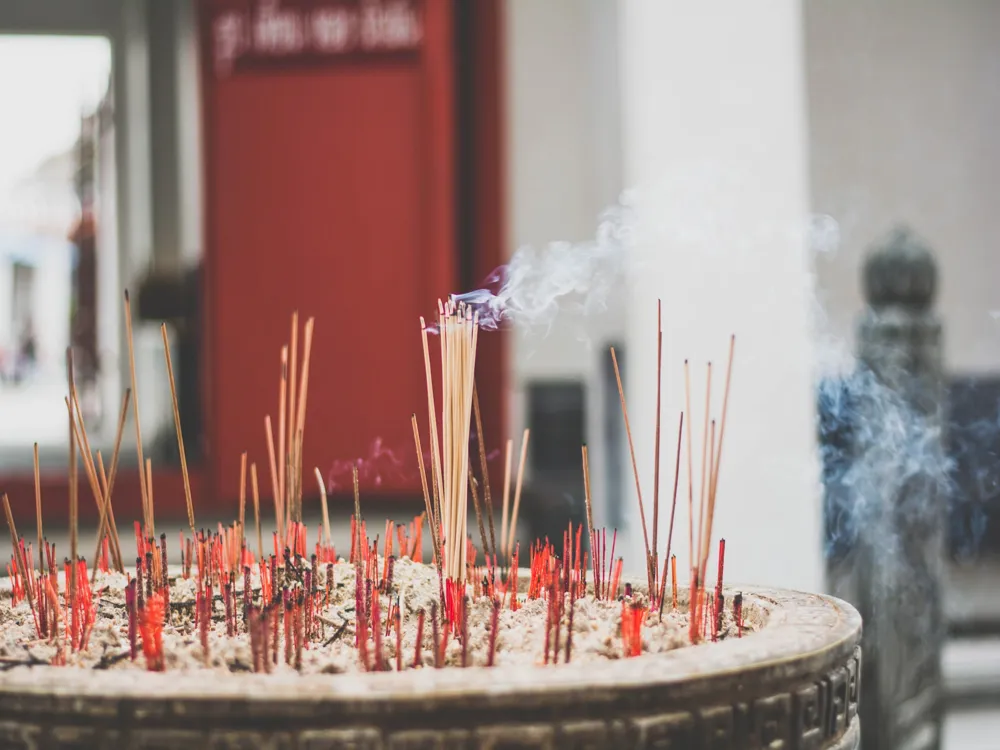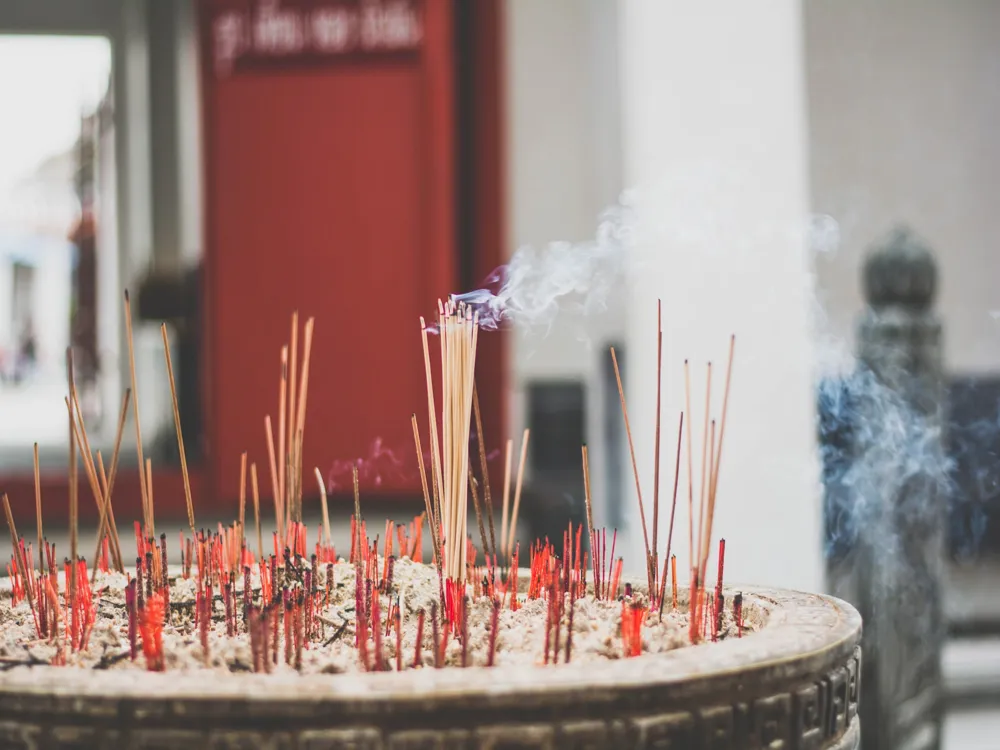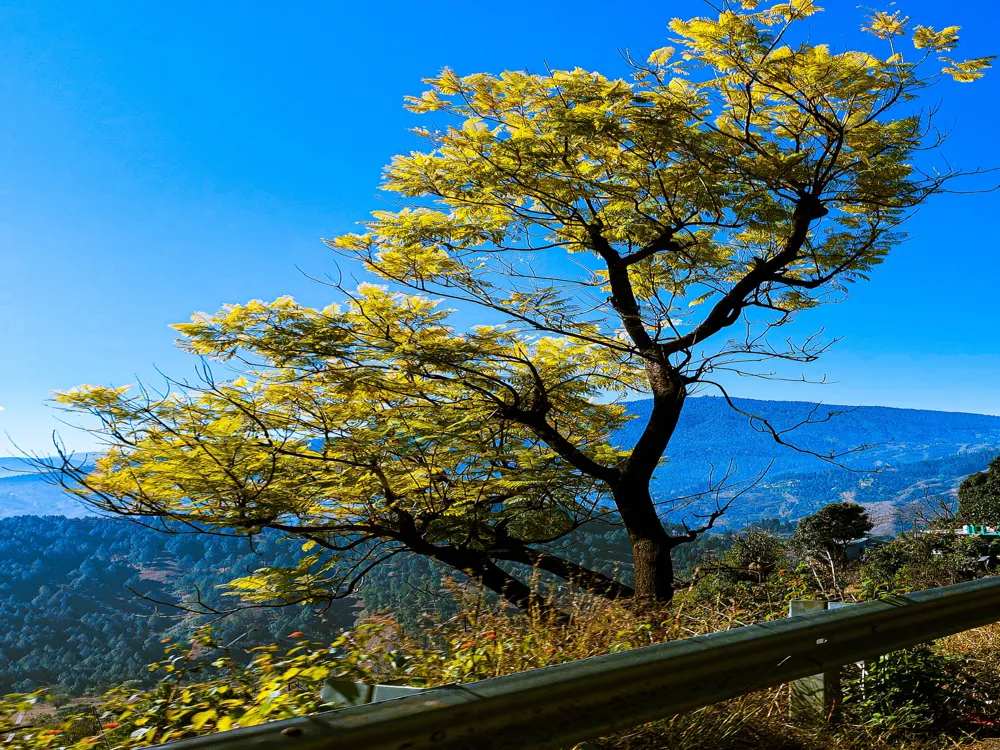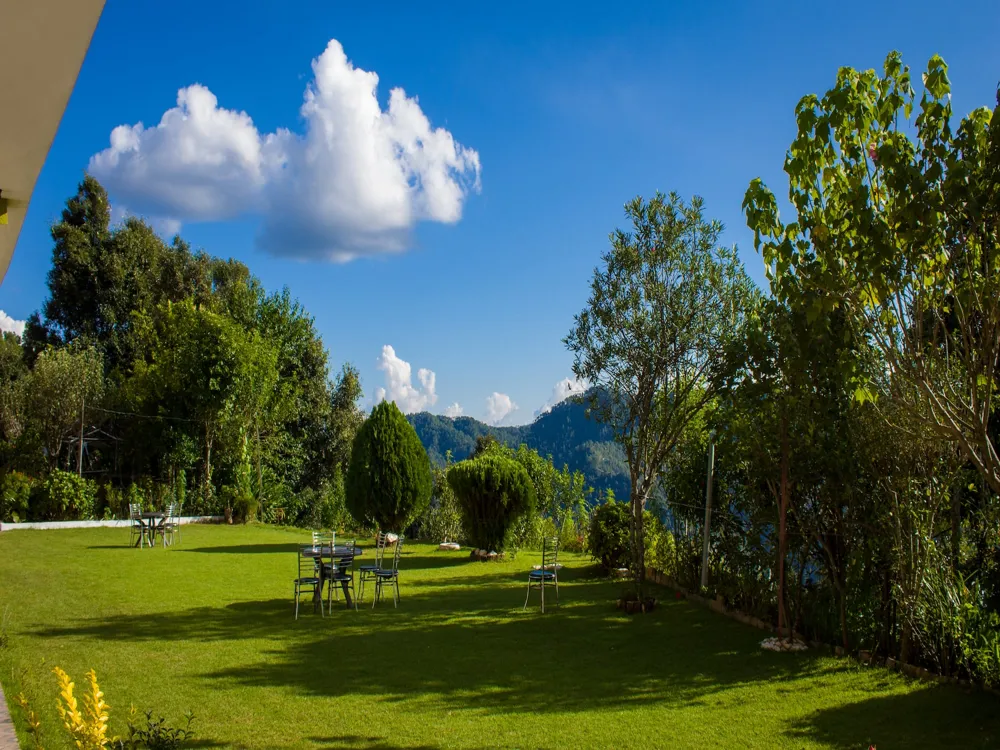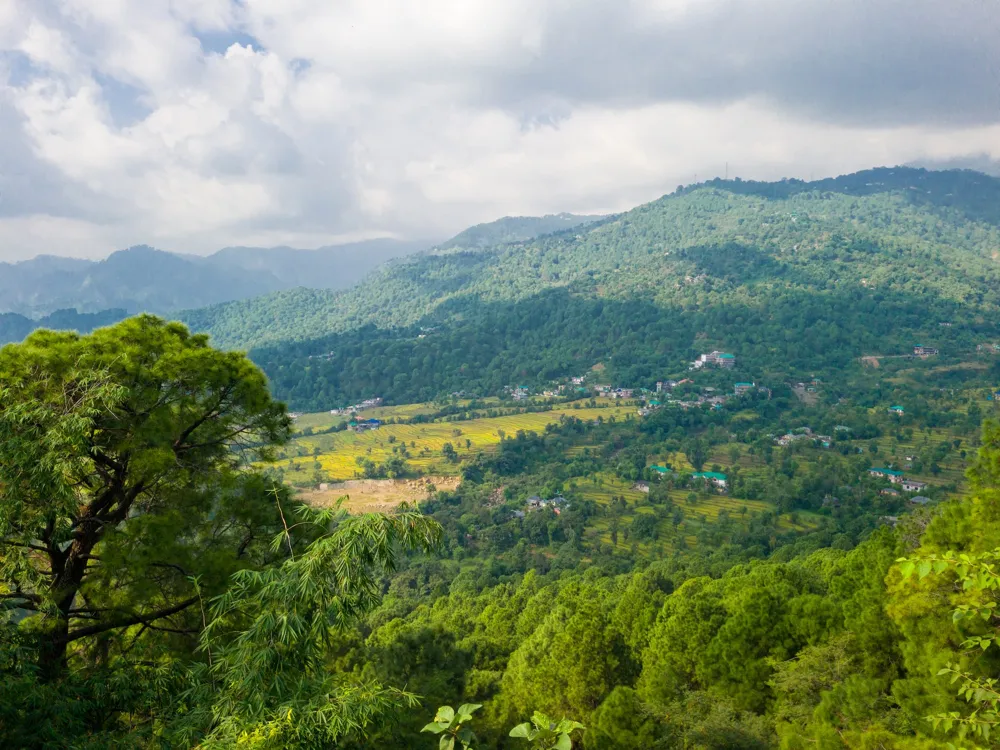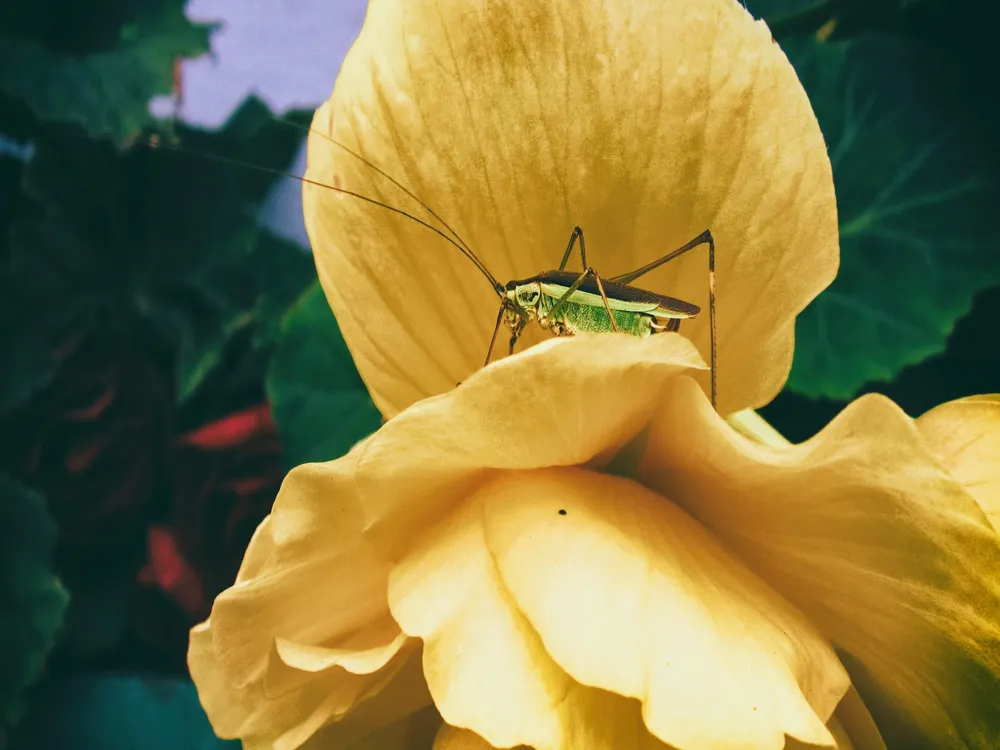Baijnath, located in the Bageshwar district of Uttarakhand, is a town of historical and cultural significance. This ancient town, nestled in the Himalayan ranges, is renowned for its picturesque landscapes and rich heritage. Baijnath is particularly famous for its ancient temples, which date back to the 12th century. These temples are not only architectural marvels but also hold immense religious significance, attracting thousands of pilgrims and tourists annually. The town's history is deeply intertwined with Hindu mythology and the Katyuri dynasty, making it a fascinating destination for history enthusiasts. The temples of Baijnath, primarily dedicated to Lord Shiva, display a remarkable blend of ancient North Indian Nagara-style architecture. The intricately carved stone structures and the detailed iconography are testaments to the skilled craftsmanship of the medieval era. The temples are set against the backdrop of the majestic Himalayas and the serene Gomti River, adding to their mystical charm. The Baijnath temple complex is not only a spiritual center but also a site of archaeological significance, offering insights into the region's medieval history. The architecture of Baijnath is a significant aspect of its allure. The temples, predominantly built of stone, exhibit the classic features of the Nagara style, characterized by beehive-shaped shikhara (spires). These shikhara are intricately carved and adorned with sculptures of gods, goddesses, and mythological scenes. The main temple, dedicated to Lord Shiva as Vaidyanath, the Lord of Physicians, stands majestically with its tall, curvilinear spire. Another striking feature of Baijnath's architecture is the use of interlocking stones without mortar, showcasing the ingenuity of ancient construction techniques. The temple walls are decorated with carvings depicting various deities, floral motifs, and scenes from Hindu epics. The interior of the temples, though simple, creates a profound spiritual ambiance. The presence of mandapas (pillared halls) and antaralas (vestibules) further enhances the architectural beauty of these shrines. When planning a visit to Baijnath, it's important to consider the weather. The best time to visit is from March to June and from September to November when the climate is pleasant. Visitors should also be aware of the temple timings, which are usually from early morning to evening. As Baijnath is a religious site, visitors are advised to dress modestly. Avoid wearing revealing or inappropriate clothing. It is also important to respect the customs and traditions of the temple, such as removing shoes before entering the sacred premises. While photography may be allowed in some areas of the temple complex, there might be restrictions in certain parts. It's advisable to check with the temple authorities and respect any photography prohibitions. Baijnath is well-connected by road to major cities in Uttarakhand. The nearest airport is at Pantnagar, about 180 kilometers away, while the closest railway station is Kathgodam, around 150 kilometers from Baijnath. Buses and taxis are readily available from these points to Baijnath. For those driving, Baijnath is accessible via national and state highways, which are in good condition for the most part. Read More:Overview of Baijnath in Bageshwar, Uttarakhand
Architecture of Baijnath
Tips When Visiting Baijnath
Planning Your Visit
Dress Code and Etiquette
Photography Restrictions
How To Reach Baijnath
Baijnath
Bageshwar
Uttarakhand
NaN onwards
View bageshwar Packages
Weather :
Tags : Temple
Timings : Before Sunset
Entry Fee : No entry fee
Planning a Trip? Ask Your Question
Bageshwar Travel Packages
View All Packages For Bageshwar
Top Hotel Collections for Bageshwar

Private Pool

Luxury Hotels

5-Star Hotels

Pet Friendly
Top Hotels Near Bageshwar
Other Top Ranking Places In Bageshwar
View All Places To Visit In bageshwar
View bageshwar Packages
Weather :
Tags : Temple
Timings : Before Sunset
Entry Fee : No entry fee
Planning a Trip? Ask Your Question
Bageshwar Travel Packages
View All Packages For Bageshwar
Top Hotel Collections for Bageshwar

Private Pool

Luxury Hotels

5-Star Hotels

Pet Friendly







